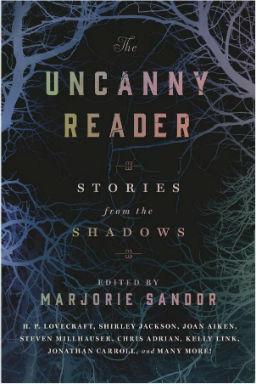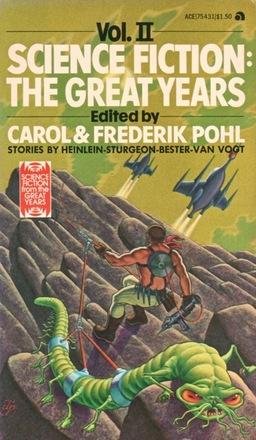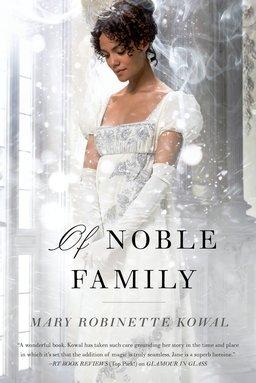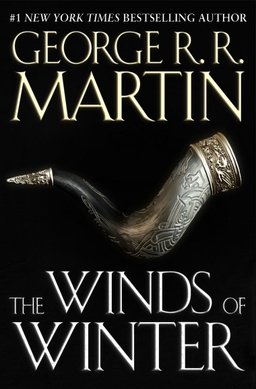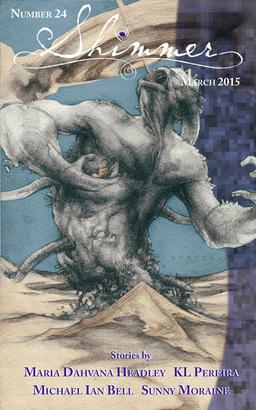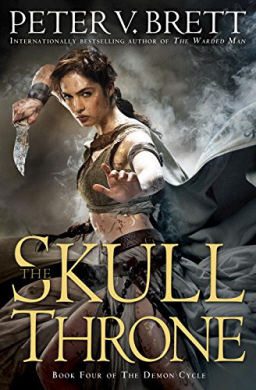Galaxy Science Fiction, August 1952: A Retro-Review
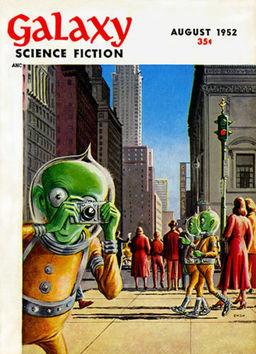 This is an issue I had looked forward to for a long time. One of my first steps toward reading Galaxy was listening to an X-Minus One radio broadcast titled “Surface Tension,” based on the story with the same title by James Blish in Galaxy’s August, 1952 issue. My wife had gotten this one for me early on, but I hadn’t made my way to it until now.
This is an issue I had looked forward to for a long time. One of my first steps toward reading Galaxy was listening to an X-Minus One radio broadcast titled “Surface Tension,” based on the story with the same title by James Blish in Galaxy’s August, 1952 issue. My wife had gotten this one for me early on, but I hadn’t made my way to it until now.
“Surface Tension” by James Blish — Humans explore the galaxy, seeding adaptations of themselves on any Earth-like planets. Hydrot is all water and marshes, and the crew of La Ventura has only a short time before they die, stranded because their ship wrecked. So they create microscopic versions of themselves (but not with their memories) that can survive in water, hoping they can compete for survival without dominating the other lifeforms on the planet.
This was considerably different from what I remember of the radio broadcast. But it’s a well-told story that’s highly inventive.
“Proof of the Pudding” by Robert Sheckley — One man survives the final war on Earth by taking a ship into space. He returns to the desolate planet and discovers he has the power to create anything he imagines.
I had difficulty relating to the protagonist. Not to spoil too much, but the story picked up considerably with the introduction of a second character.
“Yesterday House” by Fritz Leiber — Jack Berry is a biology student working in Maine for Professor Kesserich. Jack takes a boat past where he was told to go, and he discovers an island. As he explores it, he comes to a fence and climbs over. He meets a young woman who lives in a house, but she’s convinced it’s 1933 rather than 1951. Her aunts keep her on the island throughout the year, never allowing her to go to the mainland. He wants to prove the truth to her, if he can, without arousing her aunts’ suspicion.
